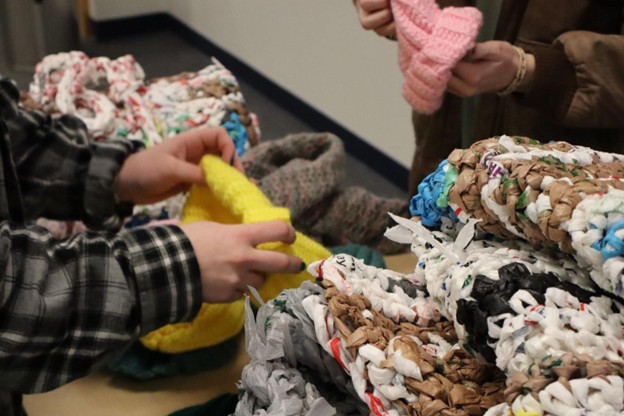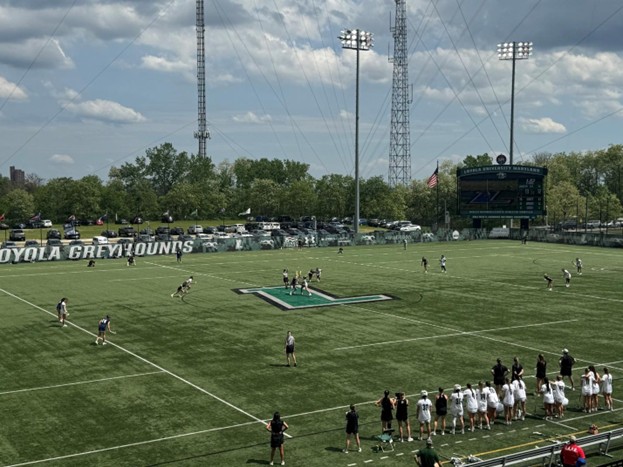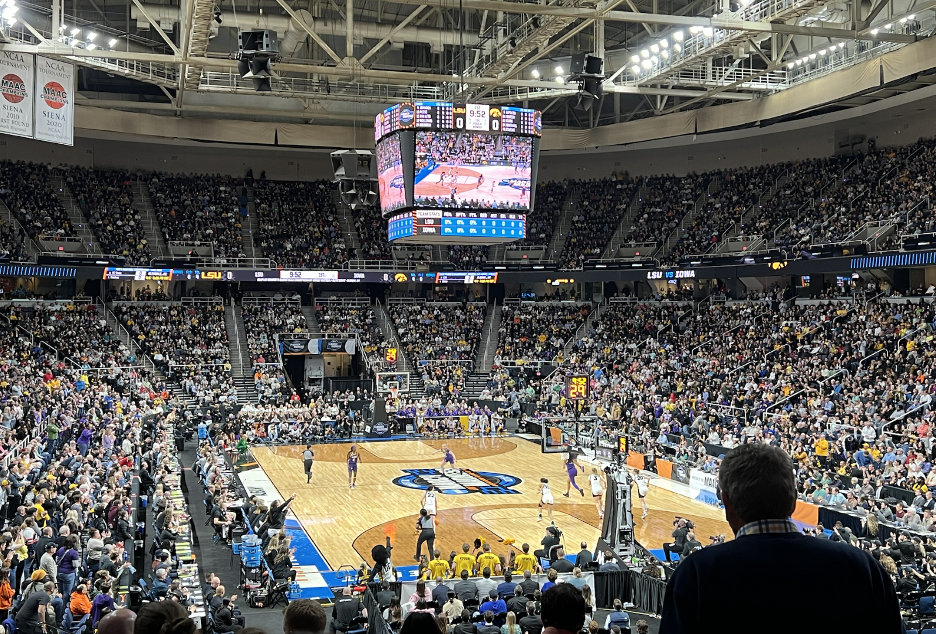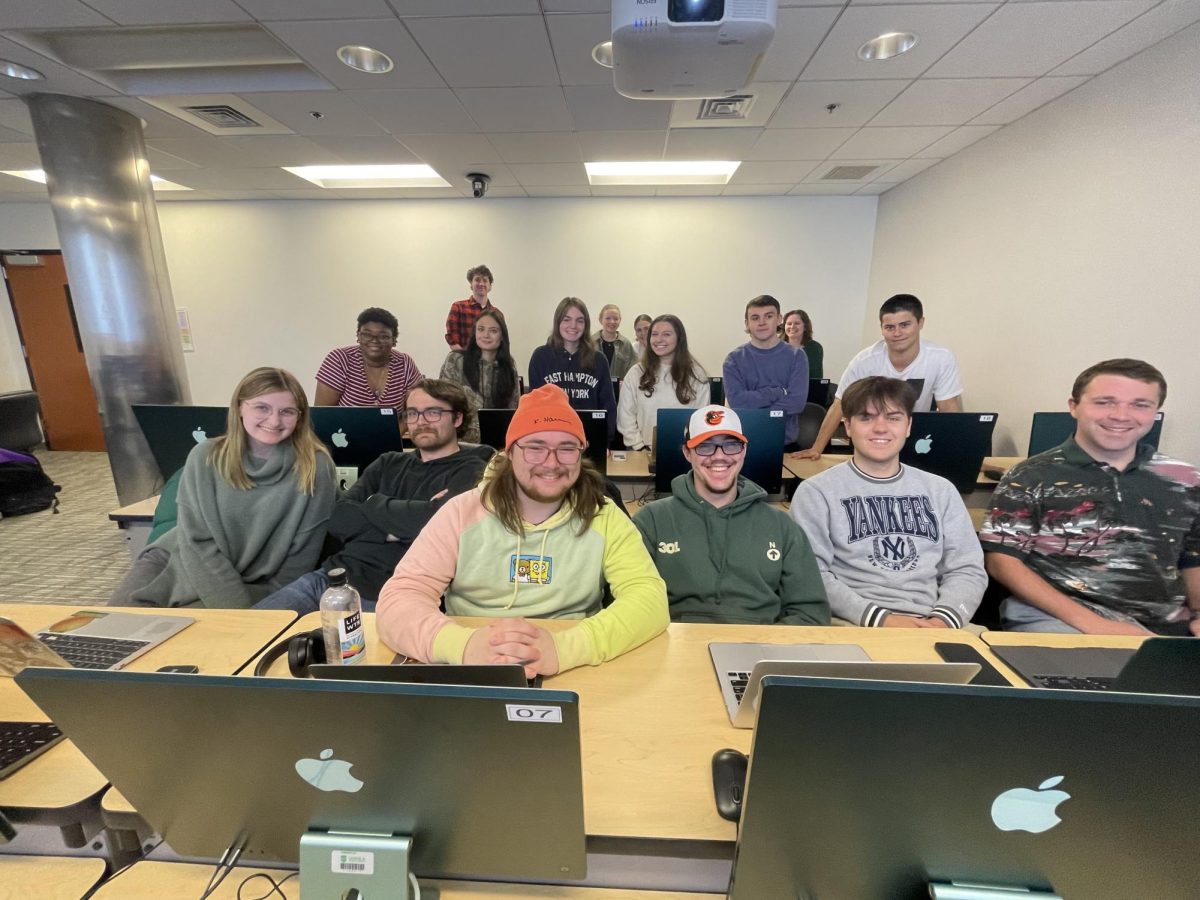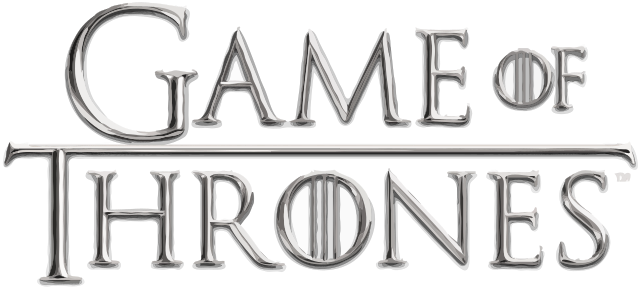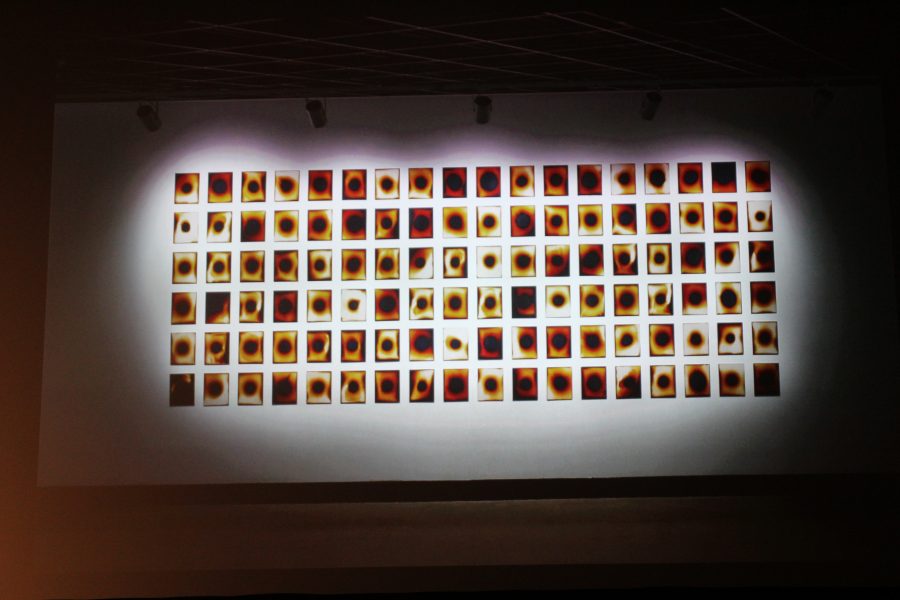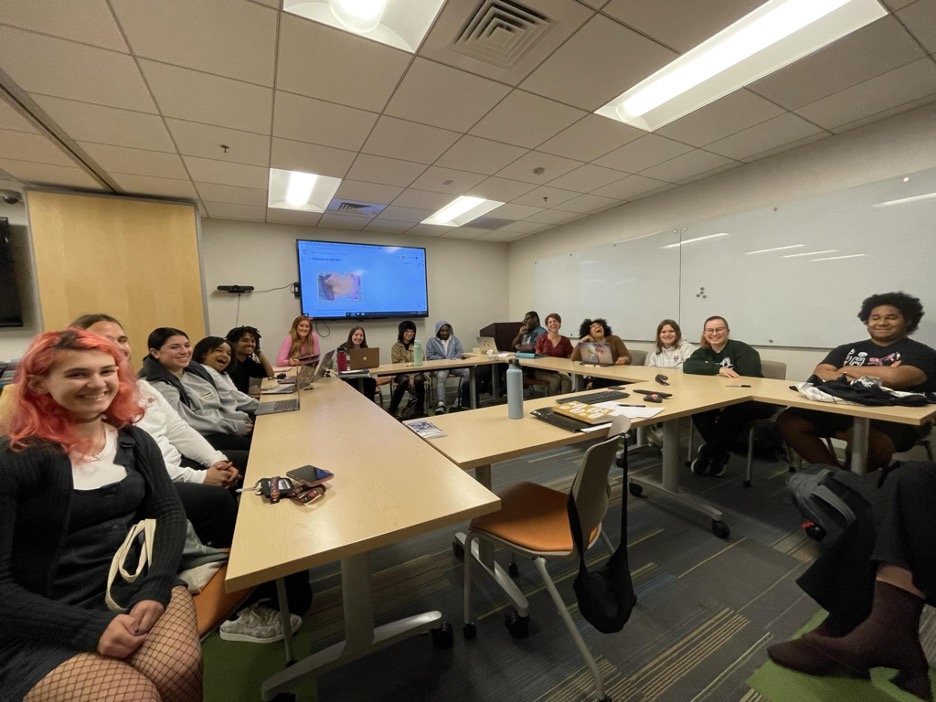On Tuesday, Nov. 5, Loyola welcomed Baltimore-based sound artist Andrew Paul Keiper and Japanese-born photographer Kei Ito to discuss their political artwork and encourage their audience to create art for change.
Artists hold an important role in society—far more intricate than being witnesses to the past, present, and future. Their job is to illustrate the brutal, harsh truths of the world and compel their audiences to listen; no matter how hard the information may be to tell. Precarious work indeed, but Keiper and Ito readily welcomed this challenge.
Keiper and Ito’s story is one that very well could not have happened. Hailing from two opposite sides of the world, these two artists connected through unusual relations. Ito is now a resident of Maryland, but his family originates from Hiroshima. Ito’s grandfather was present for the day the atomic bomb struck the Japanese city, but his fate is more fortuitous than most of the citizens present that day, as he was able to live to tell his story. Keiper’s grandfather is also tied to the Hiroshima and Nagasaki bombings in 1945, as he was an employee of the Manhattan Project and contributed to the formation of the first atomic bomb.

This chilling realization did not strike animosity between the two then-graduate students. Rather, Keiper and Ito vowed to each other to use their extraordinary connection to collaborate on an art piece that shed light on the Hiroshima bombings even several decades later.
Their collaboration, however, was not immediate, and Keiper and Ito went their separate ways after graduate school to focus on their artistic creation individually. Keiper studied painting as an undergraduate at Rutgers, but he later became more focused on political artwork and was drawn to sound when he attended MICA. Sound art is seemingly an unconventional form of artistic expression, but Keiper was adamant that “sound and listening are always political.”
To portray this idea more conceptually, Keiper presented his piece “Rough Ride.” This sound piece was extremely political, as it conveys the “rough rides” police officers would use as an intimidation tactic towards arrested individuals. Freddie Gray is the name most commonly associated with rough rides, as he was a Baltimore resident who was killed from the damage inflicted on him during this erratic drive. Keiper simulated the rough rides of Baltimore by using news reporters and tearful citizens’ words to the constant drone of helicopters that plagued the city for days.
Ito was just as political in his artwork prior to his collaboration with Keiper. Ito was most interested in creating pieces that addressed both sides of him: a Japanese citizen and an American resident. During Tuesday’s discussion,, he illustrated how “photography is lens and camera, but [he] was interested in capturing something invisible.” His inspiration drew heavily from his grandfather, who died from cancer when Ito was only 10 years old. He lamented how he wished he asked his grandfather deeper questions about his life and the Hiroshima bombings, but the one thing Ito repeatedly remembered his grandfather saying was that “Hiroshima was like hundreds of suns illuminating the sky.” This quote stuck fiercely with Ito and came to be the center focus of all his photography.
To capture the sunlight of Hiroshima without digital or film photos of the sun, Ito devised a method of making chromogenic color prints and exposing the film paper to the sunlight, which distorts the print to look like a sun. Ito has used this method in almost all of his work, but one of the most famous is his “Infertile American Dream.” Extremely political and anti-Trump, “Infertile American Dream” was created using house models printed on chromogenic paper that was exposed to sunlight. Ito’s purpose in generating this piece was to show how “his right to be American was now denied [under President Trump.]”
Taking inspiration from both of their major works, Keiper and Ito collaborated on “Ash Lexicon-Silverplate” in 2016 to represent the bombings of Hiroshima. This piece contains 108 film canisters from the 1940s that are filled with ashes from a Japanese dictionary. The latter pays homage to Ito’s grandfather, who had a dictionary identical to the one Ito used that was burned after the bombings, turning the white pages black and the black ink white. The soundscape was created using sounds from Boeing B-29 Superfortress Silverplate-series bombers that destroyed the cities of Hiroshima and Nagasaki in 1945. The textuality of this piece was very well received, inspiring Ito and Keiper to continue their collaborations.
One of their more recent collaborations is “Afterimage Requiem,” which also takes inspiration from World War II. Ito used the chromogenic style again to simulate images of those who were incinerated in Hiroshima in 1945. By using shadow exposures of his own body, 108 prints were lined on the floor of the Baltimore War Museum as if the bodies were being triaged in a nuclear disaster. The sound piece was a four-channel work mimicking the places where the atomic bomb was created. “Afterimage Requiem” is one of Ito and Keiper’s most powerful pieces because its interactive element asks its audience to contemplate on the modern world and how mistakes of the past should never be repeated.
Keiper and Ito closed their presentation by telling their audience to be inspired and to continue to create, for one day, their work may be just as impactful.
Below are links to listen and see the work of Andrew Keiper and Kei Ito:
- “Rough Ride”: https://www.youtube.com/watch?v=onqi_cps6EU
- “Infertile American Dream”: http://www.kei-ito.com/infertile-american-dream
- “Ash Lexicon-Silverplate”: https://www.youtube.com/watch?time_continue=6&v=tjTYH-BFS3Q&feature=emb_title
- “Afterimage Requiem”: https://www.afterimagerequiem.com/title
Feature Image: Courtesy of Emma Hagendoorn ’20.


































